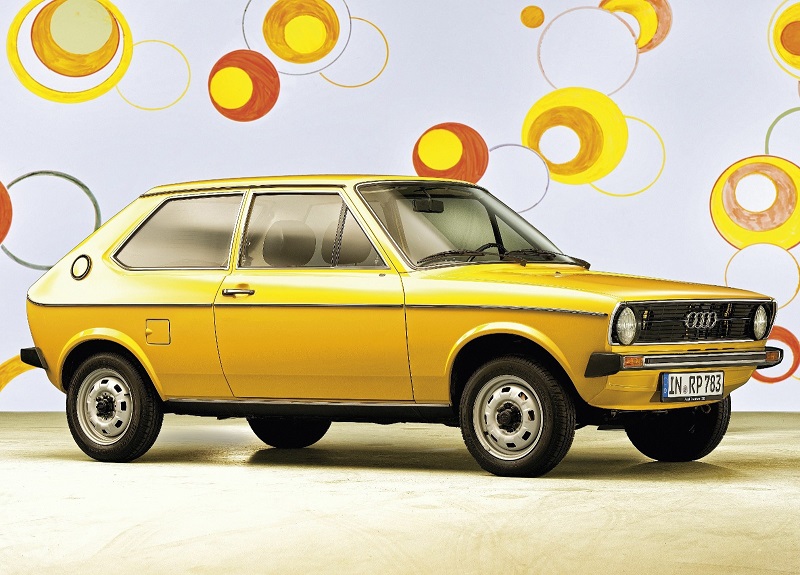Fifty years ago, the automotive world witnessed a landmark event with the introduction of the Audi 50, Germany’s inaugural venture into the small car domain. This innovative vehicle emerged during the oil crisis of the early ’70s, heralding a new era of fuel-efficient and compact driving solutions. With its avant-garde design featuring a transverse engine for maximum interior space within a petite frame, the Audi 50 not only set the benchmark for small cars but also laid the groundwork for the VW Polo, marking a significant milestone in the Volkswagen Group’s history.
The Audi 50, affectionately dubbed the “mini Audi,” was a marvel of engineering and design, boasting features such as front-wheel drive, a spacious trunk with a fold-down backrest, and compact dimensions that did not compromise on road performance or driving comfort. It was a testament to Audi’s vision of modern and versatile mobility, seamlessly fitting into the brand’s lineup alongside the Audi 80 and Audi 100 models.

With over 180,000 units produced between 1974 and 1978, the Audi 50’s journey, though brief, was impactful. It not only catered to the immediate need for economical vehicles post-oil crisis but also introduced a new vehicle concept to the German and global markets. The legacy of the Audi 50 endures, not just in the millions of VW Polos that followed but in the very essence of compact car design and innovation.







